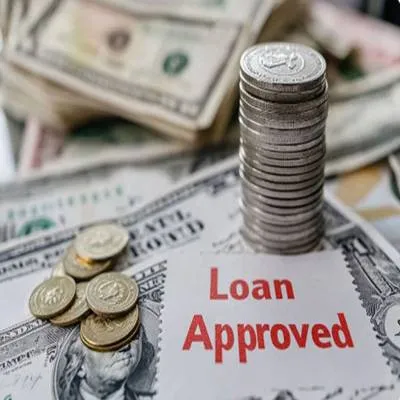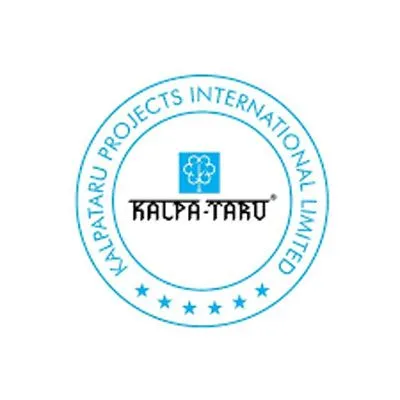Schedule a Call Back
?We have plans to go public by 2021?
Capt BVJK Sharma, Joint Managing Director and Chief Executive Officer, JSW Infrastructure is on ?mission expansion.? His company has outlined a whopping Rs 88 billion expansion plan that will take cumulative strength of its ports from 75 mtpa to 200 mtpa by 2021.
Port operations playan important role in India?s logistics industry. How will the Sagarmala programme change the scenario of logistics in India?On port modernisation trend, the government has undertaken a lot of initiatives in improving the turnaround time, mechanisation, and unlocking capacities. Looking at efficiency parameters, the government has created almost 80 million tonne per annum (mtpa) capacity by just modernising and mechanising. According to me, it is a huge capacity unlocking done by any government so far. As far as port connectivity is concerned, the government is addressing this issuein a very focussed manner.
A point in case is that the government has created a separate entity for port?rail connectivity projects where the central and state governments will work together to expedite land acquisition issues under a certain Act. This will minimise the entire process of land acquisition. That apart, to streamline the logistics operations, the government has planned 14 coastal economic zones.
Now, other than Sagarmala, the government is also encouraging cargo movement in our abundant national waterways. This is mainly because cargo movement is much higher the world over, whereas we stand at 6 per cent on coastal and just 1 per cent on inland waters. So by improving cargo movement through inland waters, India will save billions of rupees.
Tell us about your ambitious plans of enhancing capacities from 75 mtpa to 200 mtpa?At present, we are handling 75 mtpa capacity. In the next two years, we would like to expand it to 200 mtpa capacity. Once put into operation, our target is to utilise at least 65?70 per cent of 200 mtpa by March 2021. We have envisaged around Rs 88 billion investment, which was scaled down from Rs 100 billion for this ambitious plan. Of Rs 88 billion, we have already spent Rs 37 billion on expanding our operations. The current capacity at Jaigarh port is about 40 mtpa which will be enhanced to 80 mtpa. Dharamtar port will be increased from 15 mtpa to 40 mtpa, Goa port will go up from 10 mtpa to 15 mtpa, the Paradip iron ore berth will be enhanced to handle 18 mtpa, and the coal berth will hit 32 mtpa, while the port facilities in Tamil Nadu will increase to 15 mtpa. Since it is a huge investment, will you raise funds through initial public offer?
We may look at this as an option, however, at present we are comfortable with internal accruals. We will look at it (IPO) once the utilisation from our ports start improving.
So once we reach the threshold limit of eligibility, we will raise funds. It means we are planning to go public by 2021.
How you have managed to solve the connectivity issue?We have built 42 km of roads which connect Jaigarh, and we are in the process of constructing a railway line. This (rail) line is most challenging for us, because on the 34-km route, 19 km comprises tunnels. We want to run our first train by 2020. We are also pumping iron ore slurry through pipeline. We are also constructing a coastal berth, which can backload any Handymax and 8,000-tonne vessels. There is a river, where 2,000-tonne barges were operating earlier. We are designing it for 8,000 tonne. Now we have four of them, and we are going for a huge expansion of that model. In addition, the Amba riverbed that has the Dharamtar port near JSW Steel?s Dolvi plant will be dredged to allow bigger vessels.So that is how we are addressing Dharamtar and Jaigarh, simultaneously. We have created 30 mtpa capacity to receive the largest ships, including Valemax, that would bring economy of scale to users.
For the container business, we are in talks with the main shipping liners. We have launched the country?s first floating storage re-gasification unit-based liquefied natural gas (LNG) terminal at Jaigarh. The terminal will offer LNG storage, re-gasification, reloading, fuel bunkering, and truck loading facilities. Once it becomes operational by the end of the year, the re-gasified LNG will be supplied to customers through a 60-km tie-in pipeline which shall be connected to national gas grids at Dabhol. We have also envisaged a LPG project at a cost of Rs 2.50 billion.
Would you be interested in handling third party cargo?We are already handling third party cargo. That is our main agenda for business growth. For us, it is easier to get business for group cargo, however, non-group cargo is a challenge as you have to prove. We will be looking at non-group cargo to the tune of at least 20 mtpa at Jaigarh. Currently, we are handling 90 per cent of group cargo. We want to increase our share of non-group cargo from 10 per cent to at least 40 per cent, which means we are eyeing almost 56 mtpa of non-group cargo from all ports. We would be handling green cargo that includes LNG, LPG, raw sugar, molasses, fertiliser, fertiliser raw materials, coal etc. You are also planning for container terminals. What is the status?
Yes, we have plans for container terminals but we need industrial development. Our hinterland should have more industries. So we are working with Maharashtra Industrial Development Corporation (MIDC) and Maharashtra Maritime Board (MMB) to develop a port-based city or a cluster model.
- RAHUL KAMAT


Subscribe Now
Subscribe to our Newsletter & Stay updated
RECENT POSTS
Popular Tags
Folliow us











